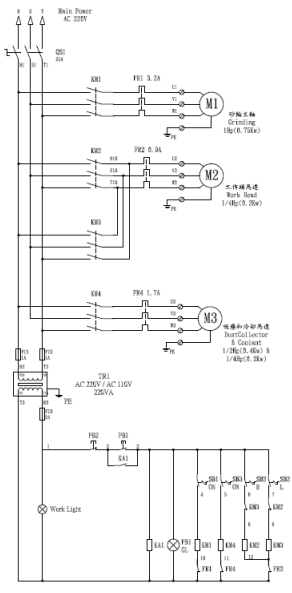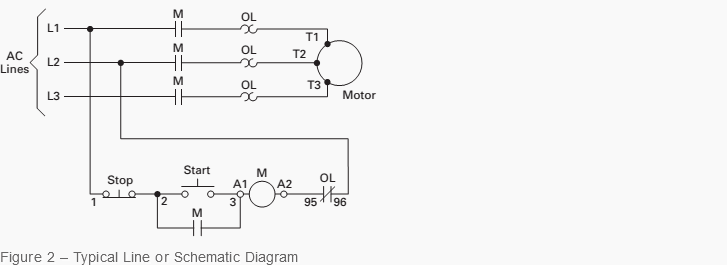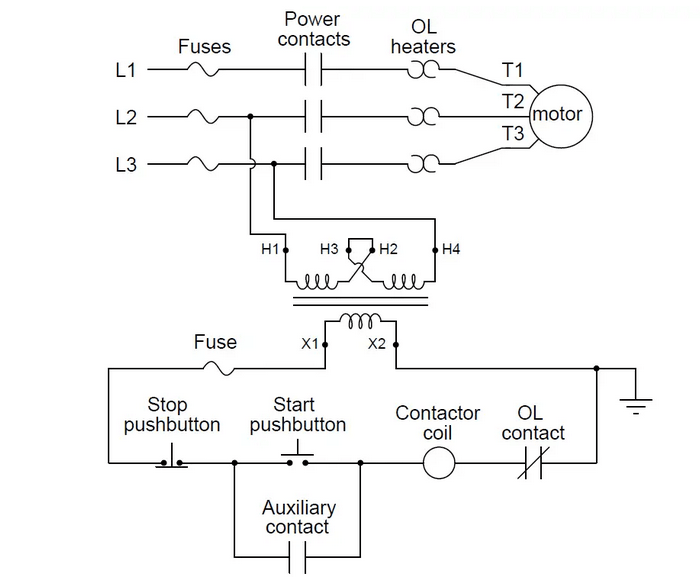Hello all, I am in the midst of getting a new grinding machine and I need to determine the SCCR. I'm hoping I don't have to purchase a UL field evaluation and thank you all for your help in advance.
The machine is wired to 220/3/60. This is the schematic I received when requesting the fault rating/SCCR (I've also attached a PDF that's less blurry than the screenshot, still difficult to interpret):

This machine is imported from Taiwan so communicating with the factory and response time pains me on this. If they don't have the SCCR and it can't be solved, is there a better or different way of communicating the question to the factory to help me find the SCCR?
Josh - Machine Tool Distributor
The machine is wired to 220/3/60. This is the schematic I received when requesting the fault rating/SCCR (I've also attached a PDF that's less blurry than the screenshot, still difficult to interpret):

This machine is imported from Taiwan so communicating with the factory and response time pains me on this. If they don't have the SCCR and it can't be solved, is there a better or different way of communicating the question to the factory to help me find the SCCR?
Josh - Machine Tool Distributor


